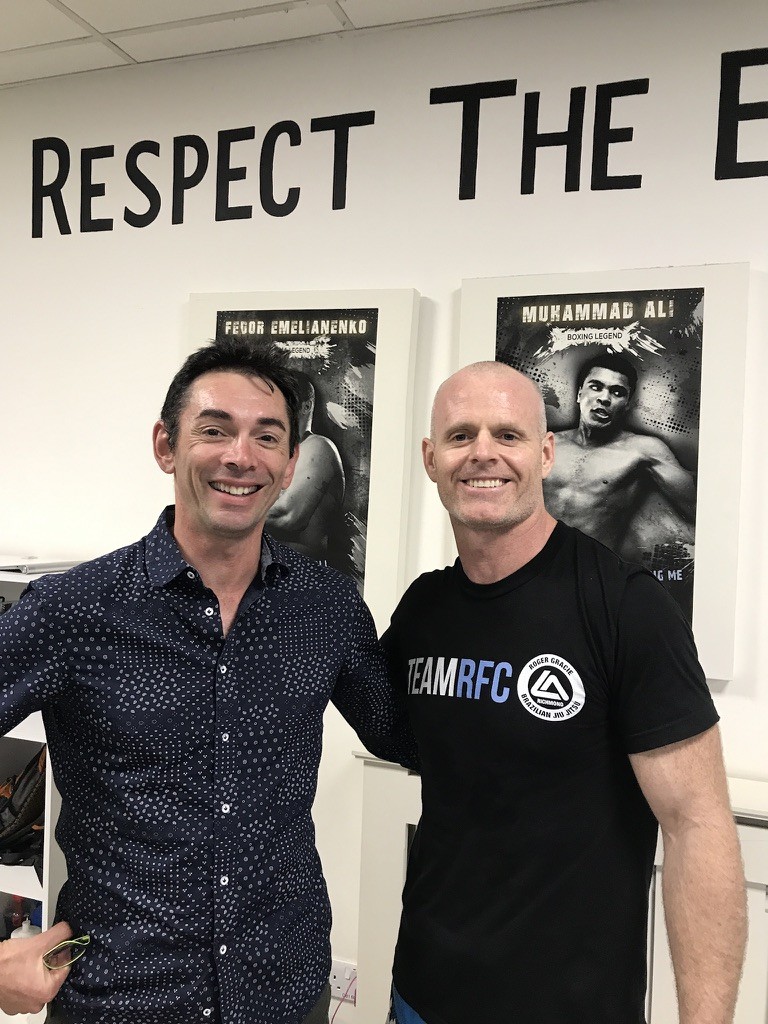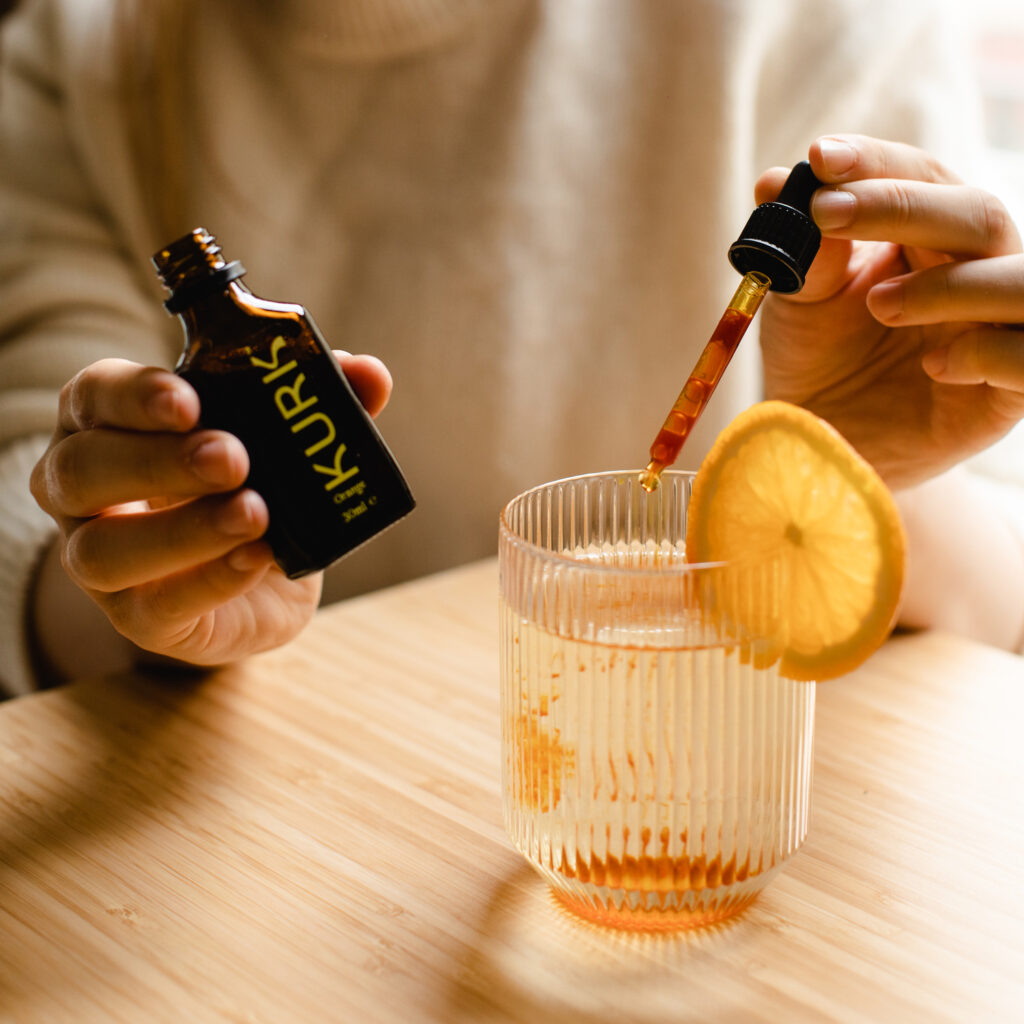CHRONIC INFLAMMATION is one of those slow, silent health threats that often goes undetected until it’s already doing damage. Unlike acute inflammation, chronic inflammation lingers, simmering below the surface, quietly undermining your health and contributing to ageing.
The condition is estimated to affect 34.6 per cent of all adults, and three out of five people worldwide die due to chronic inflammatory diseases like stroke, chronic respiratory diseases, heart disorders, cancer, obesity and diabetes.
Dr Harrison Weisinger, medical director and co-founder of KURK, believes chronic inflammation is even more widespread than most people realise. “There’d be very few people over the age of 30 that don’t have it,” he says.
Weisinger is one of Australia’s most prominent doctors focused on preventative medicine. He holds five degrees including a masters and Ph.D in nutrition and neuroscience, is a professor in the medical schools of Deakin University and the University of Western Australia, and operates My Performance Doctor, a private practice focusing on precision health care, preventative medicine and longevity, as a medical practitioner.

Weisinger’s own medical history has fuelled his pursuits in personal and professional health research. He was diagnosed with Crohns disease and Non-Hodgkin’s Lymphoma at age 18 and 35, respectively, but it hasn’t stopped him from pushing himself and achieving his goals. He won a national title as part of a cycling team after the age of 50, and is dedicated to helping others live the best lives they can by finding the best possible health outcomes. That includes staying on top of inflammation.
Inflammation isn’t just something that comes naturally with ageing, according to Weisinger. Rather, inflammation and ageing fuel each other. “I actually believe that inflammation causes ageing, and that ageing makes inflammation worse,” he explains. “There’s a term called inflamm-ageing.”

What is chronic inflammation?
Inflammation itself is not inherently bad. It’s the body’s natural response to injury or infection. But when that response doesn’t shut off properly, it can turn from protective to destructive. Chronic inflammation occurs when inflammatory processes stay activated after the initial threat is gone, creating a persistent state of internal stress.
This ongoing immune activation can lead to tissue damage, hormone imbalances, and a weakened ability to fight off illness. Over time, it plays a major role in the development of serious diseases like cardiovascular disease, type 2 diabetes, Alzheimer’s and certain cancers.
What are the symptoms of chronic inflammation?
One of the challenges of addressing chronic inflammation is that it rarely presents itself clearly. Instead, it tends to show up through vague, everyday symptoms that many people write off as stress, ageing or poor sleep.
“It manifests in different ways,” says Weisinger, “in everything from bloating to joint pain, brain fog, blurred vision.” You might also experience persistent fatigue, trouble concentrating, or general stiffness and discomfort. Weisinger adds that “at the more serious end of the spectrum, inflammation underpins cardio-metabolic diseases including cardiovascular disease and diabetes, as well as cancer and various neurodegenerative conditions.”
5 ways to manage chronic inflammation
Chronic inflammation is neither inevitable nor a life sentence. By making a handful of strategic lifestyle changes, you can significantly reduce inflammation and improve your long-term health. Here are five evidence-based strategies that work.
1. Clean up your diet
What you eat can either fight or fuel inflammation. A diet high in ultra-processed foods like sugary snacks, refined grains and industrial oils can disrupt your metabolism and immune function. Weisinger puts it simply: “The best way to manage inflammation is to have a balanced diet that is devoid of highly processed food.”
To bring inflammation down, focus on whole foods. Fill your plate with colourful vegetables, healthy fats and lean proteins. Anti-inflammatory powerhouses like berries, olive oil, leafy greens and fatty fish have been shown to help reduce inflammatory markers in the body.
2. Stay fit
Exercise is one of the most effective natural anti-inflammatories. Regular movement helps regulate immune responses, improve insulin sensitivity and reduce the accumulation of visceral fat – all of which contribute to lower inflammation levels.
“Staying fit – aerobically fit and strong – has a knock-on effect of improving metabolism,” Weisinger says. “And when we are metabolically fit, we have less inflammation.”
The best approach is a mix of cardiovascular training and resistance work. Consistency matters more than intensity, and 30 minutes of exercise a day can have a major impact over time.
3. Prioritise quality sleep
Poor sleep does more than make you groggy, it directly interferes with your body’s ability to regulate inflammation. During deep sleep, the body performs critical repair and detox functions. Without enough rest, inflammatory markers can rise and your resilience to stress decreases.
“Sleep is where we recover,” says Weisinger. “It’s where our body has a chance to work against things like dysregulated inflammation.”
To optimise your sleep, aim for 7-9 hours a night, stick to a consistent bedtime and create a relaxing pre-sleep routine that helps you unwind without screens or stimulants.
4. Support your gut health
Emerging research continues to underscore the crucial connection between gut health and inflammation. A balanced, diverse gut microbiome helps modulate the immune system, keeping inflammation in check. But an unhealthy gut can do the opposite.
“The effect of gut health on inflammation is enormous,” says Weisinger. “We’re starting to see how important a healthy microbiome is to reducing inflammation. You can’t ignore your microbiome, and yet many of us do.”
To nurture your gut, focus on fibre-rich plant foods, fermented products like yoghurt and kimchi, and avoid unnecessary antibiotics. Supplements like probiotics and prebiotics may also help if your diet is lacking.
5. Harness science-backed supplements
While diet and lifestyle are foundational, certain supplements can support your anti-inflammatory efforts. Liquid KURK and KURK Sport are two such supplements. Both use micellar curcumin and leverage cutting-edge delivery technology to overcome a long-standing limitation: curcumin’s poor absorption in the body.
Curcumin, the active compound in turmeric, has long been studied for its anti-inflammatory properties. But Weisinger notes that in its raw form, “you’d have to eat eight kilograms of curcumin to get the benefits.” Kurk solves this problem by dissolving curcumin in micelles – tiny fat-based envelopes that mimic the body’s natural absorption methods.
“We developed the product with the hope of reducing people’s inflammation and to provide a real alternative to drugs like Nurofen and painkillers,” Weisinger says. “Curcumin addresses dysregulated inflammation very ‘high up’ in the inflammatory cascade. Rather than targeting one particular enzyme or pathway, it works at the level of the DNA to switch off the key transcription factors that drive inflammation.”

KURK also has the backing of Bill Moss, the former head of property and development at Macquarie Bank, who suffers from a degenerative muscular disease called facioscapulohumeral dystrophy (FSHD). Moss found that curcumin helped his condition and set up a bioscience company to develop curcumin products, a company that has since been aquired by KURK under a vertically integrated structure.
The result of their efforts is a gentler, more holistic approach to combatting inflammation without the downsides of pharmaceuticals. As Weisinger puts it, “We’ve simply made curcumin bio-available, but the science behind its effect on inflammation has been building for 20 years.” In other words, the tools are already here. The power lies in using them.



















